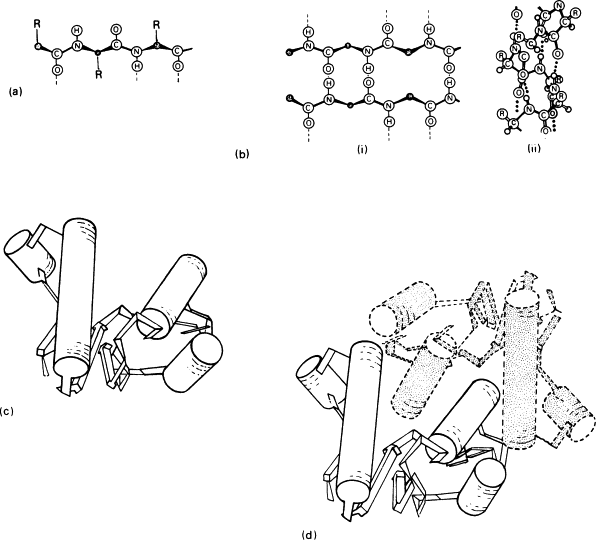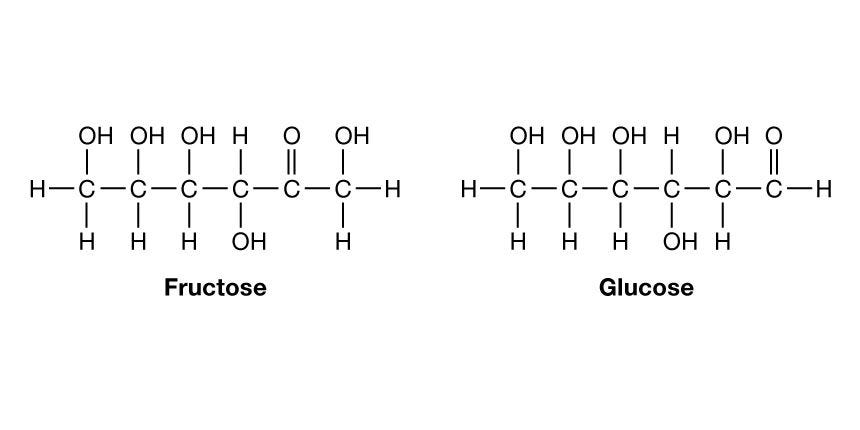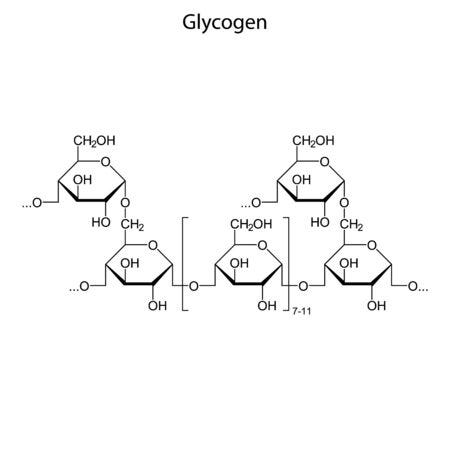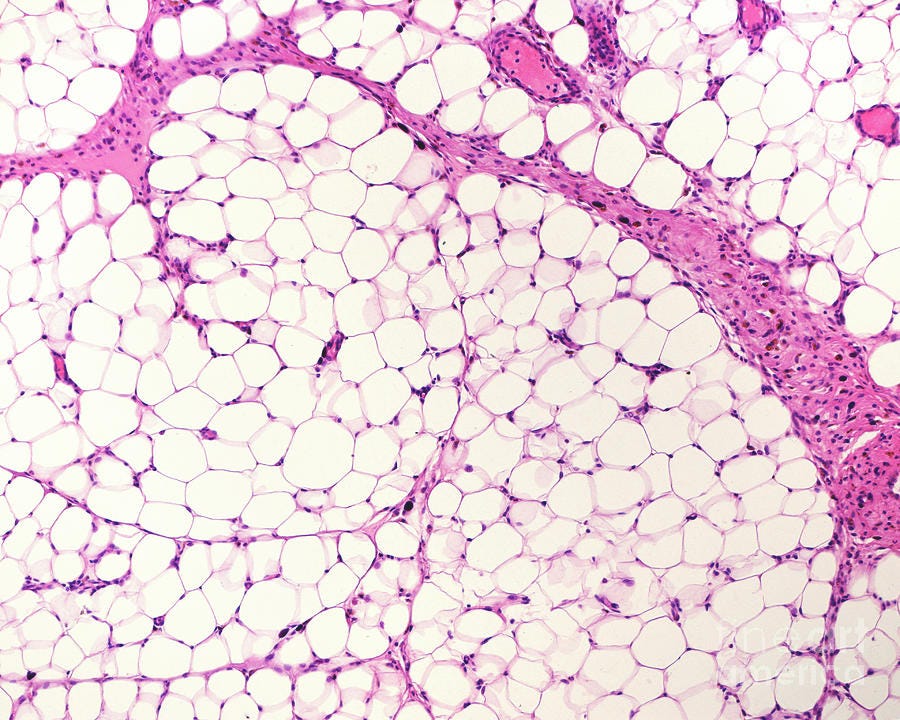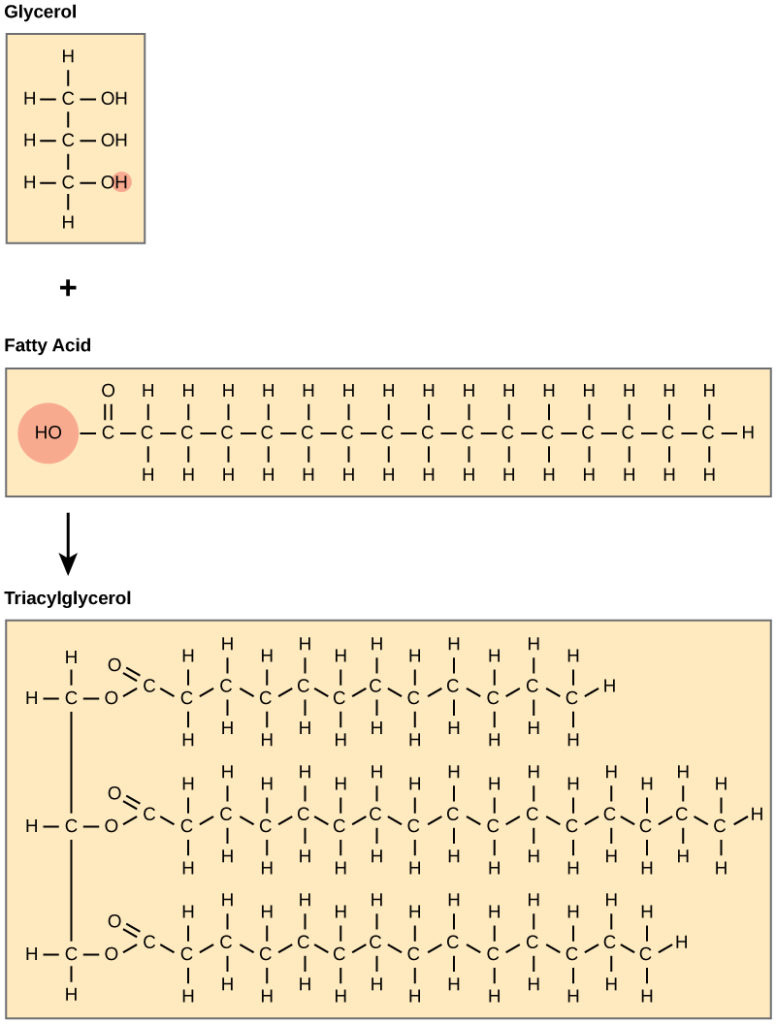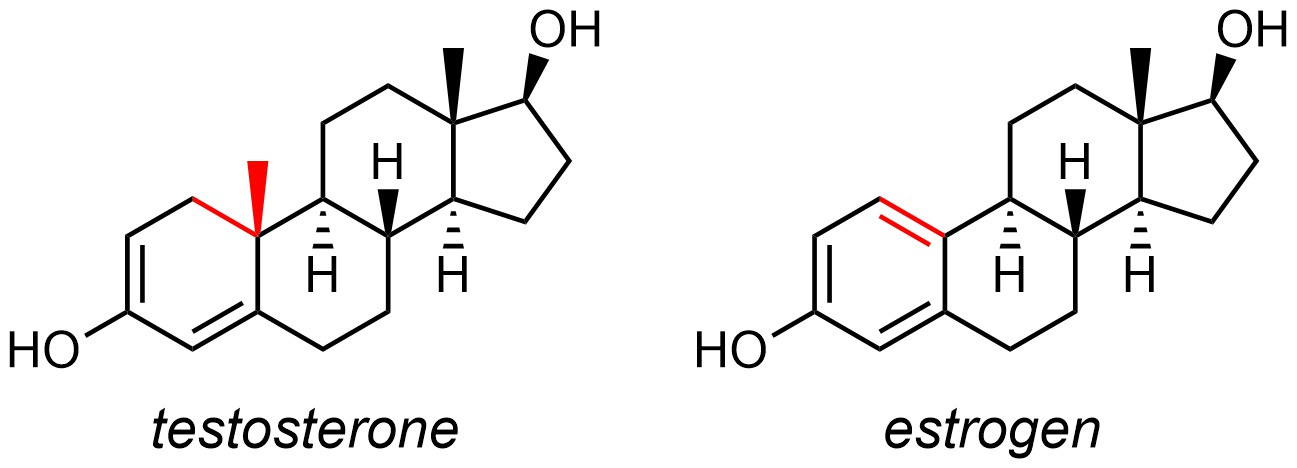The Role of Carbon in Life's Molecular Foundations
An Overview of the Carbon Based Chemistry Underpinning Biological Systems
This is intended as a brief overview of the molecules fundamental to organic life.
Carbon is structurally essential for all organic life and its molecular constituents.
Carbon's four valence electrons enable it to form stable, versatile, and complex molecules, including the long chains and rings that are the structural backbone for all the molecules of life.
These include nucleic acids, amino acids, proteins, carbohydrates and lipids.
The nucleic acids (DNA and RNA) are molecules that, when assembled in the double helix of the human genome for example, contain the genetic information controlling the growth, development and reproduction of all living organisms. They are built on a platform of stable carbon rings.
The amino acids are molecules that assemble into long chains called proteins. They are built on interlinked chains of carbon atoms.
Proteins are long chains of amino acids that fold into complex structures, serving diverse functions in the body, including acting as digestive enzymes, forming antibodies for immune defense, providing the structural framework of muscle tissue, and creating hormones for chemical signaling throughout the body. When you consume meat in your diet, the proteins that construct the muscle tissue are broken back down into amino acids. Depending on the complexity of the protein, they are built on either a chain of carbon, a ring of carbon or both.
Carbohydrates, known as colloquially sugar, are “hydrated carbon” i.e. carbon and water restructured as one molecule.
Glycogen a type of carbohydrate that is the storage form of glucose. When you consume sugar in your diet, it’s absorbed from the GI tract into the bloodstream where the glucose can be utilized for immediate energy needs or stored as glycogen in liver and muscle tissue. Glycogen’s highly branched structure allows for a rapid release of glucose, making it an efficient form of energy storage and retrieval in biological systems.
Lipids, also called fat, play a broad role in biological systems.
Phospholipids and cholesterol form the structure of cells.
Fat under the skin, known as adipose tissue, acts as an insulator to maintain body temperature and cushions vital organs against blunt trauma.
Fats and oils like triglycerides, store and provide more than twice the energy (ATP) per gram compared to carbohydrates or proteins.
Human steroids, such as testosterone, estrogen, cortisol, progesterone or vitamin D, are structurally lipids. They function as hormones or signaling molecules that influence a wide range of physiological processes such as metabolism, inflammation and reproduction.
Steroids are also constructed on a, you guessed it, carbon platform.




